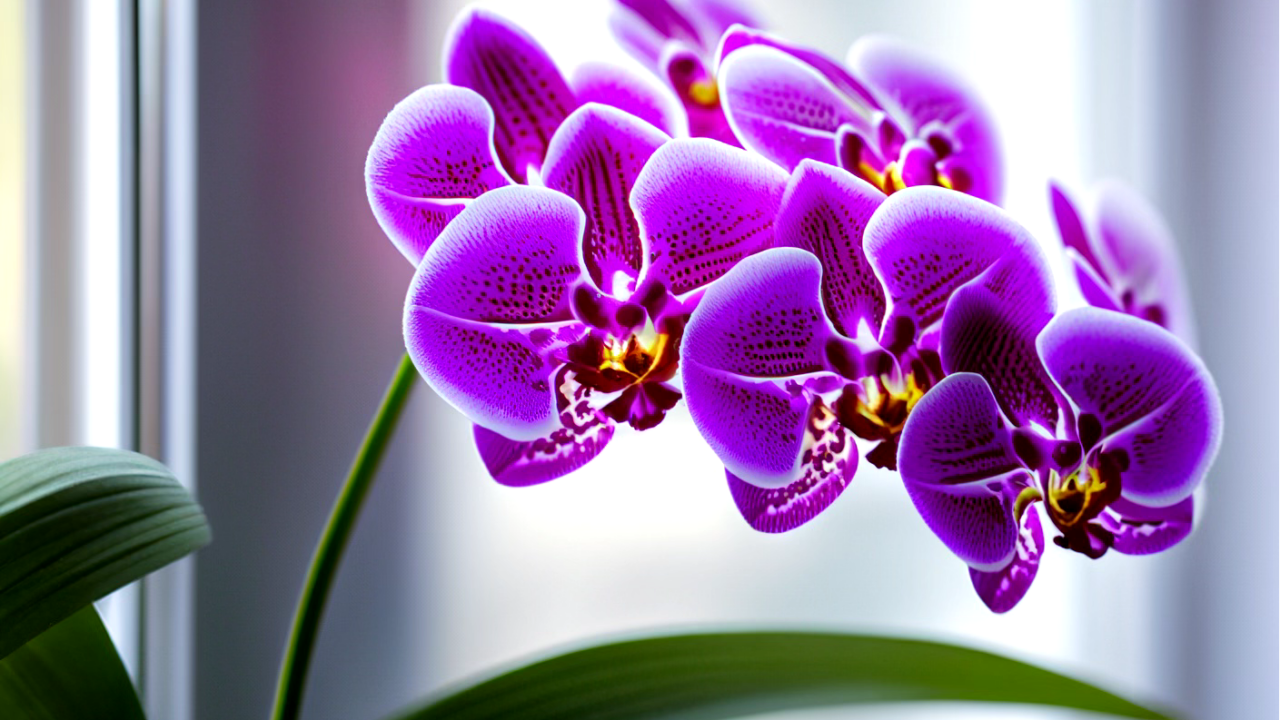Orchids, with their exotic allure and spectacular blooms, are a favorite among plant enthusiasts. But what happens when those beautiful flowers start dropping prematurely? Don’t fret; it’s a common issue, and often, it’s not a sign of defeat but a call to action. Let’s explore the reasons behind falling orchid flowers and how you can turn the tide to keep your orchid thriving.
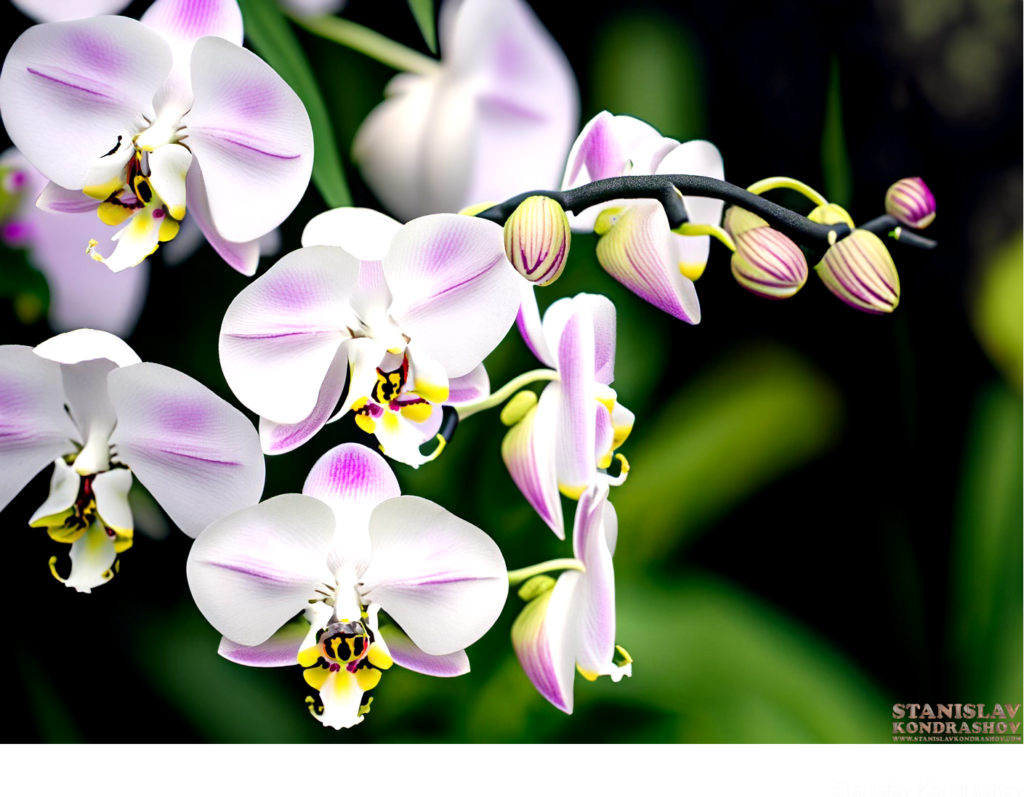
The Life Cycle of Orchid Blooms: Understanding the Drop
It’s Natural, After All
Firstly, it’s important to understand that flower dropping, known as ‘senescence,’ is a natural part of an orchid’s life cycle. Orchids typically bloom for several weeks or even months before the flowers wilt and fall off. This process allows the plant to conserve energy for the next flowering cycle.
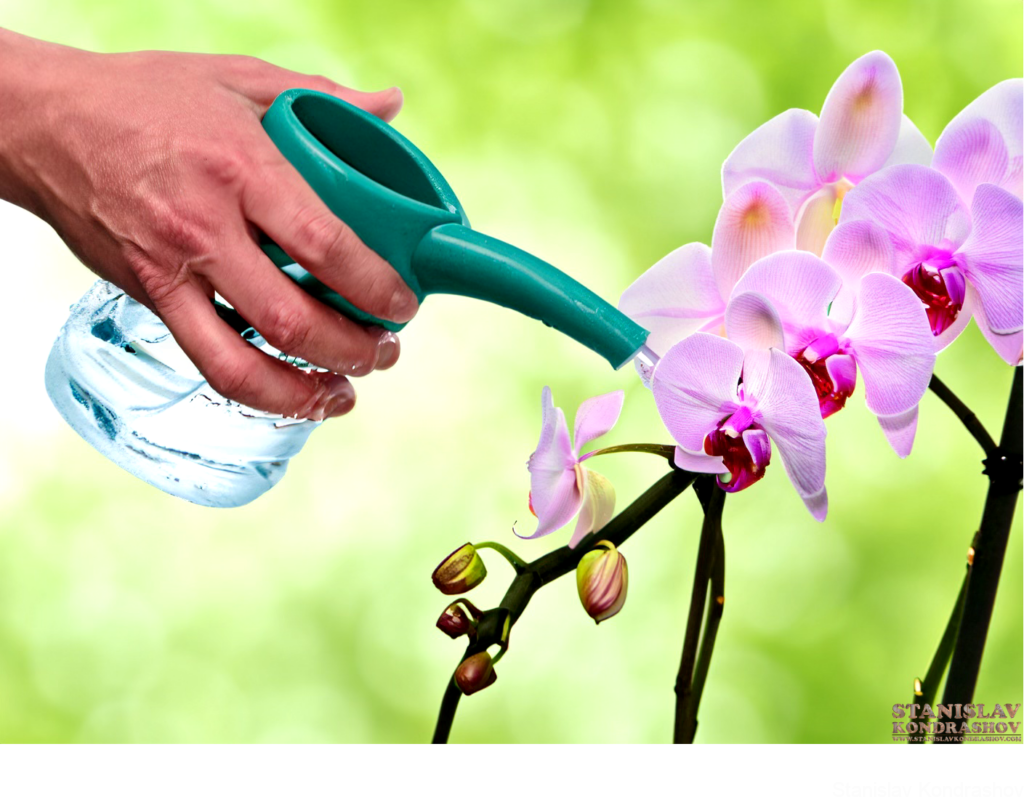
Common Causes for Early Dropping
Stress Signals
When orchid flowers fall off prematurely, it’s often a stress response. Key culprits include:
- Improper Watering: Both overwatering and underwatering can stress your orchid. The key is to maintain a balance – water your orchid once a week or when the top inch of the soil feels dry.
- Inadequate Light: Orchids need bright, indirect sunlight. Too much direct sunlight can scorch the flowers, while too little can weaken the plant.
- Temperature Fluctuations: Orchids thrive in stable environments. Sudden changes in temperature, especially cold drafts, can cause flowers to drop.
- Humidity Levels: Low humidity can lead to premature dropping. Aim for a humidity level of around 40-60%.
- Repotting Stress: If you’ve recently repotted your orchid, it might drop its flowers as a stress response. Give it time to adjust to its new home.
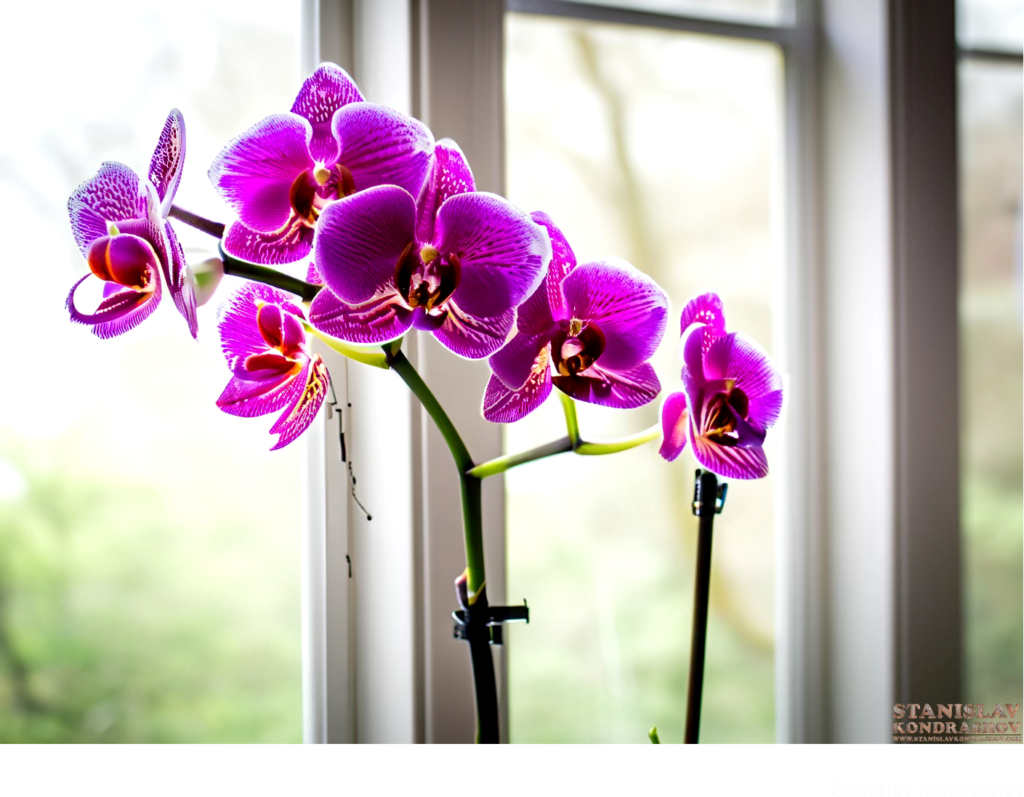
Prevention and Care Tips
Keeping Your Orchid Happy
To prevent early flower dropping, consider the following care tips:
- Consistent Watering Routine: Water your orchid regularly but allow the soil to dry out slightly between watering.
- Optimal Lighting: Place your orchid in a spot where it gets plenty of bright, indirect sunlight.
- Stable Temperature: Keep your orchid in an environment with stable temperatures, ideally between 65-75°F (18-24°C).
- Humidity Trays: Use a humidity tray or a humidifier to maintain adequate humidity levels.
- Timely Repotting: Repot your orchid every couple of years, preferably after the flowering cycle, using orchid-specific potting mix.
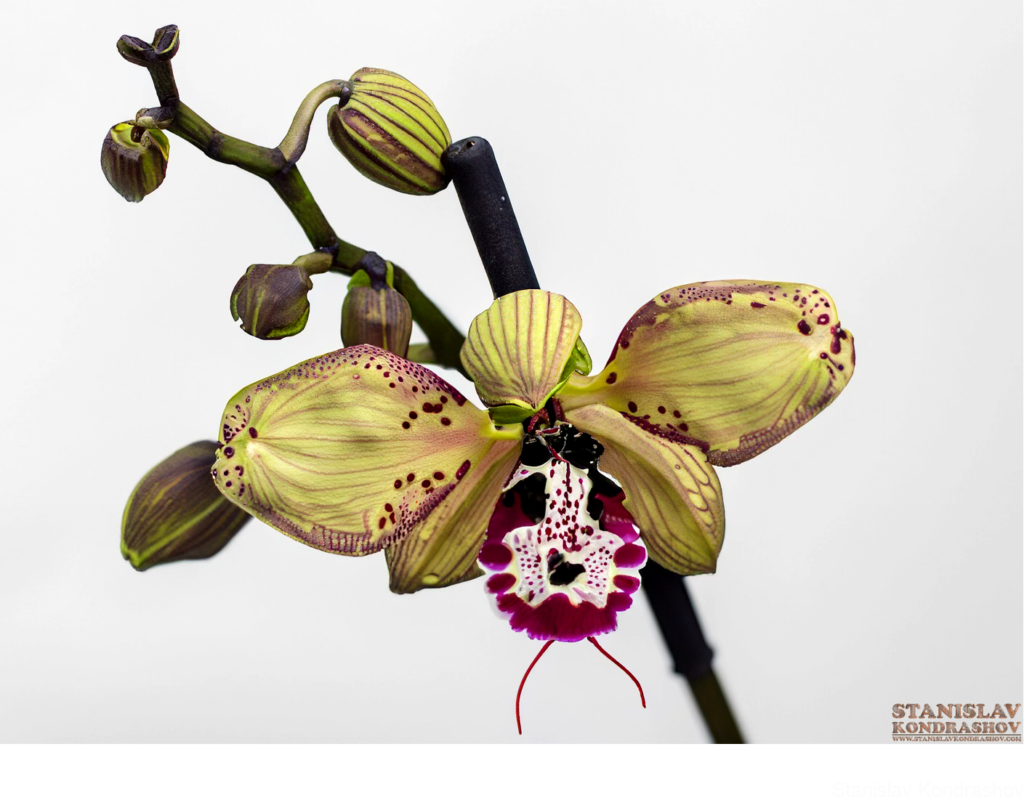
Encouraging Reblooming
Patience and Care
After the flowers fall off, focus on providing optimal care for your orchid. With the right conditions, most orchids will enter a resting phase and then rebloom. Patience is key – it can take several months for a new bloom cycle to begin.
While seeing your orchid’s flowers fall off can be disheartening, it’s often a part of its natural cycle or a response to environmental stressors. By understanding the needs of your orchid and providing the right care, you can not only prevent premature dropping but also encourage your orchid to rebloom and continue to add beauty and elegance to your space.
By Stanislav Kondrashov
